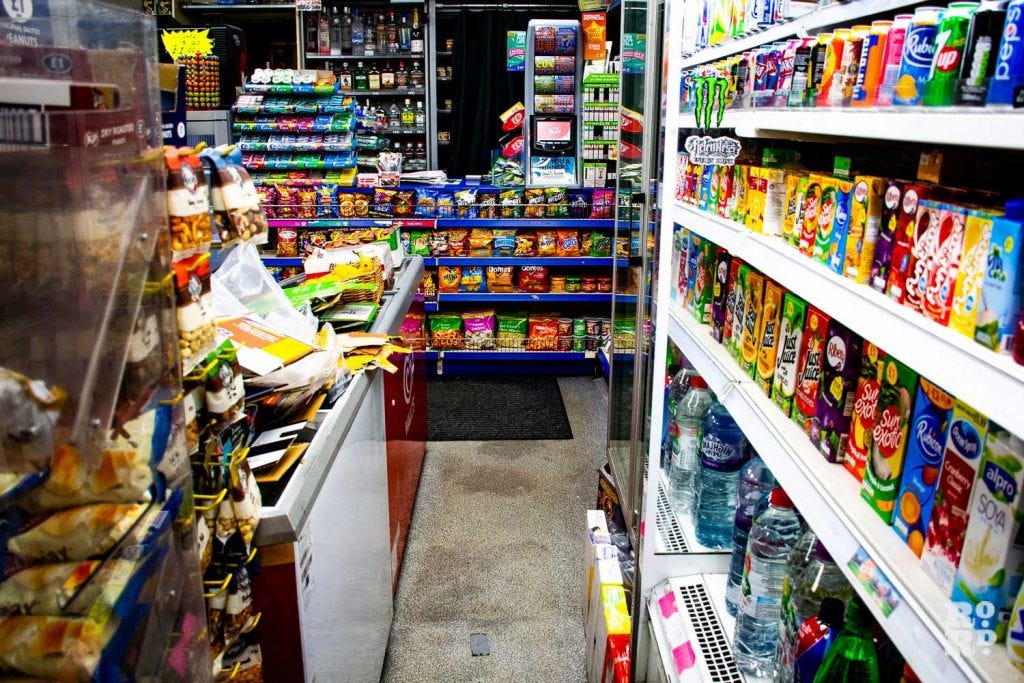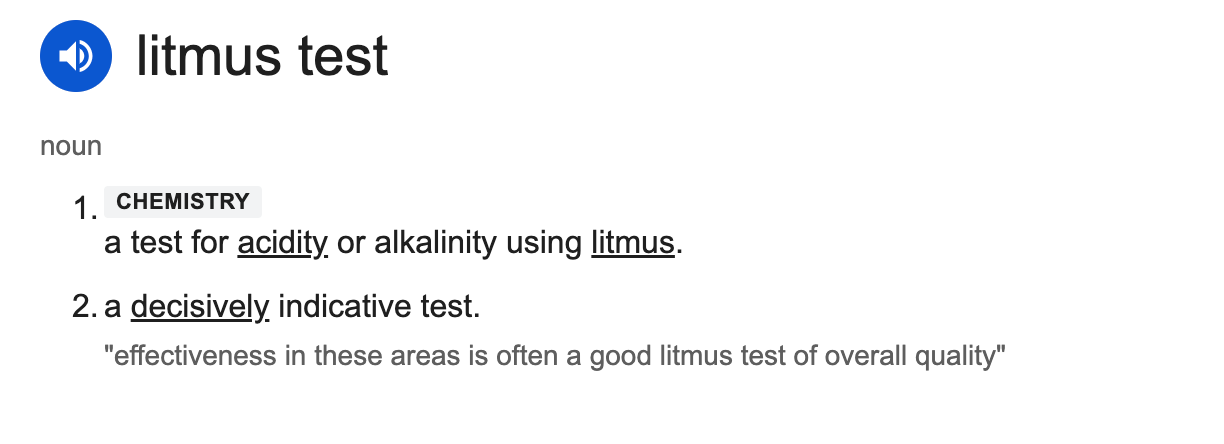What does the death of nuance mean for us?
We’re watching the rise of binary thinking: “us vs. them,” “right vs. wrong,” “ally or enemy.” All wrapped in a soundbite, all stripped of context. It’s the cultural equivalent of judging someone’s...
We used to be allowed to hold two thoughts at once. Now? You’re either for something or against it.
There’s no middle ground and no room for contradiction and, look, I get it, there are some things that are just plain wrong, and others that are absolutely right.
But what about when there’s genuinely an in-between? The grey areas? The parts of culture, politics, identity and branding that require more than a black-and-white lens?
We’re watching the rise of binary thinking: “us vs them,” “right vs wrong,” “ally or enemy.” All wrapped in a soundbite, all stripped of context. It’s the cultural equivalent of judging someone’s entire career based on a single out-of-context quote from a podcast clip.
And if you’re not sure what I’m referring to, let’s paint a hypothetical:
A billboard goes up in Manchester and it features a black-and-white photo of an elderly South Asian couple standing outside their corner shop.
The copy reads: “Legacy Lives Here.” It’s part of a national campaign from a major retailer honouring family-run businesses across the UK.
The image goes viral, but not for the reasons the brand hoped.
Some praise it as heartfelt while others accuse it of leaning into stereotypes: “Why are South Asians always portrayed as shopkeepers?”
“Where are the South Asian scientists, designers, creatives?”
“Do we not exist beyond the corner store?”
What the campaign didn’t shout, because some stories don’t need shouting, was that the image came from the founder’s own family archive.
That wasn’t a stock photo or a focus-grouped visual, it was personal. That was their nan and grandad, captured outside the shop that paid for school shoes, Sunday dinners, and eventually, a marketing degree. The very shop where their parents learned about hustle, hospitality, and how to read people before they spoke.
The founder now running the retail chain wanted to honour that origin story.
Not just their own, but the thousands of similar stories woven into the immigrant experience in Britain.
It wasn’t about reducing South Asian identity to shopkeeping. It was about acknowledging a generation who laid the foundations quietly and without applause.
But the campaign never got to tell that part because in a world trained to interrogate every image through the lens of optics, intention often gets lost.
The nuance of representation, what’s empowering for one person can feel reductive to another, was flattened in favour of a headline.
The story behind the photo, the emotion, the pride, the legacy, it never made the timeline and that’s the danger. The public never gave it a chance.
When context is stripped, even sincere stories can get caught in the algorithm’s crossfire.
How Did We Get Here?
Like most things, the death of nuance isn’t random, it’s structural, cultural and deeply tied to the way we consume, connect, and capitalise.
So let’s break it down through three lenses: political, economic, and cultural.
According to Pew Research, as far back as 2014, 27% of Democrats and 36% of Republicans saw the opposing party as “a threat to the nation’s well-being.” By 2022, those numbers had jumped to 72% and 64% respectively.
This shift isn’t just about policy, it’s about identity. Your politics now double as a personality, a postcode, and in some cases, a brand.
Even the way we consume news is split, social media feeds are basically echo chambers and leaders play to their bases, not to the broader good.
And while we in the UK might like to think we’re more civilised (insert raised eyebrow…), the reality isn’t far off.
Just scroll through Prime Minister’s Questions or flick through the Daily Mail headlines.
A report by Dame Sara Khan, former counter-extremism commissioner, found that Britain is now the second most politically polarised country after the United States.
The centre ground, the space for “on the one hand”, has become career quicksand. It’s no wonder that centrist parties struggle to gain traction, voters want you all in, nothing in between.
This impacts everything because when politics becomes performance art, nuance becomes a liability and that trickles down into the culture, into media, into branding.
Everything becomes a litmus test, a line in the sand and if you’re a brand that dares to hover in the middle? Well, good luck because you risk being seen as spineless, or worse, irrelevant.
And so, as politics abandons complexity, so too does public discourse.
We’re also living in an economy where attention is currency (we hear this all the time) and the quickest way to earn it is by provoking a reaction….The kind that gets clicks, shares, and, most importantly, revenue.
We all know the study by MIT that found how false news spreads way faster than true stories on X, and this shows how sensationalism outpaces accuracy in the digital age.
Why? Because algorithms are designed to maximise engagement, and nothing engages like anger and controversy. Platforms like Facebook and YouTube have algorithms that prioritise content eliciting strong emotional reactions, often leading users toward more extreme content.
This isn’t just a tech issue, it’s an economic one. Media outlets, influencers, and even brands have realised that controversy drives traffic. The more polarising the content, the more engagement it gets, translating directly into advertising revenue.
Last year, the BBC reported on the rise of "rage-baiting," where content creators deliberately post inflammatory material to provoke outrage and increase their earnings.
“I get a lot of hate. The words of content creator Winta Zesu, who last year made $150,000 (£117,000) from posting on social media. In those videos, she documents the life of a New York City model, whose biggest problem is being too pretty. What some in the comments don’t realise, is that Winta is playing a character” - BBC.
For brands, this creates a dilemma because staying neutral or nuanced risks invisibility in a time that rewards the loudest voices but jumping into the fray without a clear stance (true to your brand) can backfire, leading to accusations of opportunism or insincerity.
So, what’s the path forward?
Brands need to recognise that while outrage may offer short-term gains, it’s a precarious foundation for long-term trust.
Building genuine connections with audiences requires a commitment to authenticity, consistency, and, yes, nuance.
Because in the end, while outrage captures attention, it’s nuance that earns respect, and loyalty.
So, what am I really saying?
Well, I’m not saying nuance is glamorous. It’s not going to win the race for clicks or go viral on a Sunday nigh but it’s the thing that separates a flash-in-the-pan campaign from a brand with actual integrity.
The brands, creators, and thinkers who will lead the next chapter? They won’t just say the bold thing. They’ll say the true thing, even if it takes longer, even if it doesn’t fit neatly into a caption, even if the metrics don’t go up immediately.
Why? Well, because anyone can ride a trend but very few can ride the culture.
So if you’re building something that matters, take your time and resist the hot take instead bring the context and leave space for complexity because in a world that rewards immediacy, being remembered for the right reasons is still the real flex.
Thoughts?
Until next time, keep listening, keep learning, and keep evolving.
And make sure you digress often. Curiosity is key to winning in this game.
Charlotte
If you missed last weeks: read it here
Distinctive brands compromising their core identity in the name of relevance...
Is anyone else watching great brands slowly lose their grip?








This piece is such a sharp articulation of what so many of us have been feeling but haven’t always had the words for. As a South Asian reader, the hypothetical campaign example really hit home—it perfectly captures how stories that are deeply personal and powerful can be flattened by a culture primed for outrage. Thank you, Charlotte, for reminding us that nuance isn’t weakness—it’s wisdom. More of this, please.